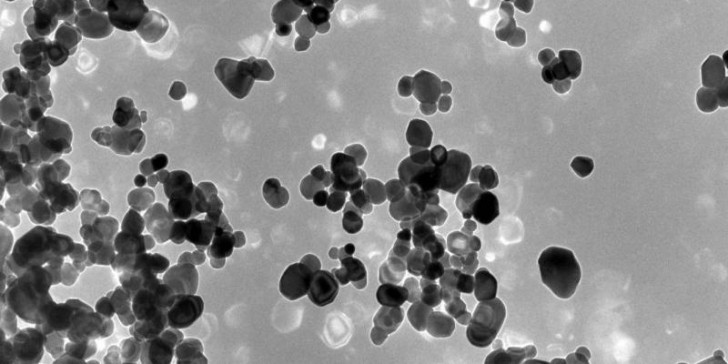JRC publishes last part of review of EU nano-definition

The Joint Research Centre of the European Commission (JRC) has published science-based options to improve the clarity and the practical application of the EC recommendation on the definition of a nanomaterial. This is the last JRC report in a series of three, providing the scientific support to the Commission in its review of the definition used to identify materials for which special provisions might apply (e.g. for ingredient labelling or safety assessment). The Commission's review process continues, assessing the options against policy issues.
As the definition should be broadly applicable in different regulatory sectors, the report suggests that the scope of the definition regarding the origin of nanomaterials should remain unchanged, addressing natural, incidental and manufactured nanomaterials. Furthermore, size as the sole defining property of a nanoparticle, as well as the range of 1 nm to 100 nm as definition of the nanoscale should be maintained.
On the other hand, several issues seem to deserve attention in terms of clarification of the definition and/or provision of additional implementation guidance. These include:
- The terms "particle", "particles size", "external dimension" and "constituent particles".
- Consequences of the possibility of varying the current 50% threshold for the particle number fraction (if more than half of the particles have one or more external dimensions between 1 nm and 100 nm the material is a nanomaterial): variable thresholds may allow regulators to address specific concerns in certain application areas, but may also confuse customers and lead to an inconsistent classification of the same material based on the field of application.
- Ambiguity on the role of the volume-specific surface area (VSSA): The potential use of VSSA should be clarified and ambiguities arising from the current wording should be eliminated.
- The methods to prove that a material is not a nanomaterial: The definition makes it very difficult to prove that a material is not a nanomaterial. This issue could be resolved by adding an additional criterion.
- The list of explicitly included materials (fullerenes, graphene flakes and single wall carbon nanotubes even with one or more external dimensions below 1 nm): This list does not include non-carbon based materials with a structure similar to carbon nanotubes. A modification (or removal) of the current list could avoid inconsistencies.
- A clearer wording in the definition could prevent the misunderstanding that products containing nanoparticles become nanomaterials themselves.
Many of the issues addressed in the report can be clarified by developing new or improved guidance. Also the need for specific guidance beyond clarification of the definition itself is identified. However, relying only on guidance documents for essential parts of the definition may lead to unintended differences in the implementation and decision making. Therefore, also possibilities to introduce more clarity in the definition itself are listed above and discussed in the report.
JRC will continue to support the review process of the definition and its implementation in EU legislation.
Background information
The EU Recommendation on the definition of a nanomaterial (2011/696/EU) was adopted in 2011. Its provisions include a requirement for review "in the light of experience and of scientific and technological developments. The review should particularly focus on whether the number size distribution threshold of 50 % should be increased or decreased". The Commission is expected to conclude the review in 2016, following the consultation of its draft findings with the stakeholders towards the end of 2015.
The EC nanomaterial definition is currently used in the regulations on biocides and medical devices. It serves also as a reference in the amendment of the older nanomaterial definitions in the cosmetics and food information regulations. Moreover the European Commission is looking at ways to use the definition in the context of potential nanomaterial specific provisions related to the Regulation on Registration, Evaluation, Authorisation and Restriction of Chemicals (REACH). In addition, the definition was recommended for use by EU agencies such as the European Chemicals Agency (ECHA) and the European Food Safety Authority (EFSA) that have already started to apply it in their work.
Report: Towards a review of the EC Recommendation for a definition of the term "nanomaterial": Part 3: Scientific-technical evaluation of options to clarify the definition and to facilitate its implementation. Joint Research Centre 2015.
Source: Joint Research Centre
Image Source: © 2015 European Union